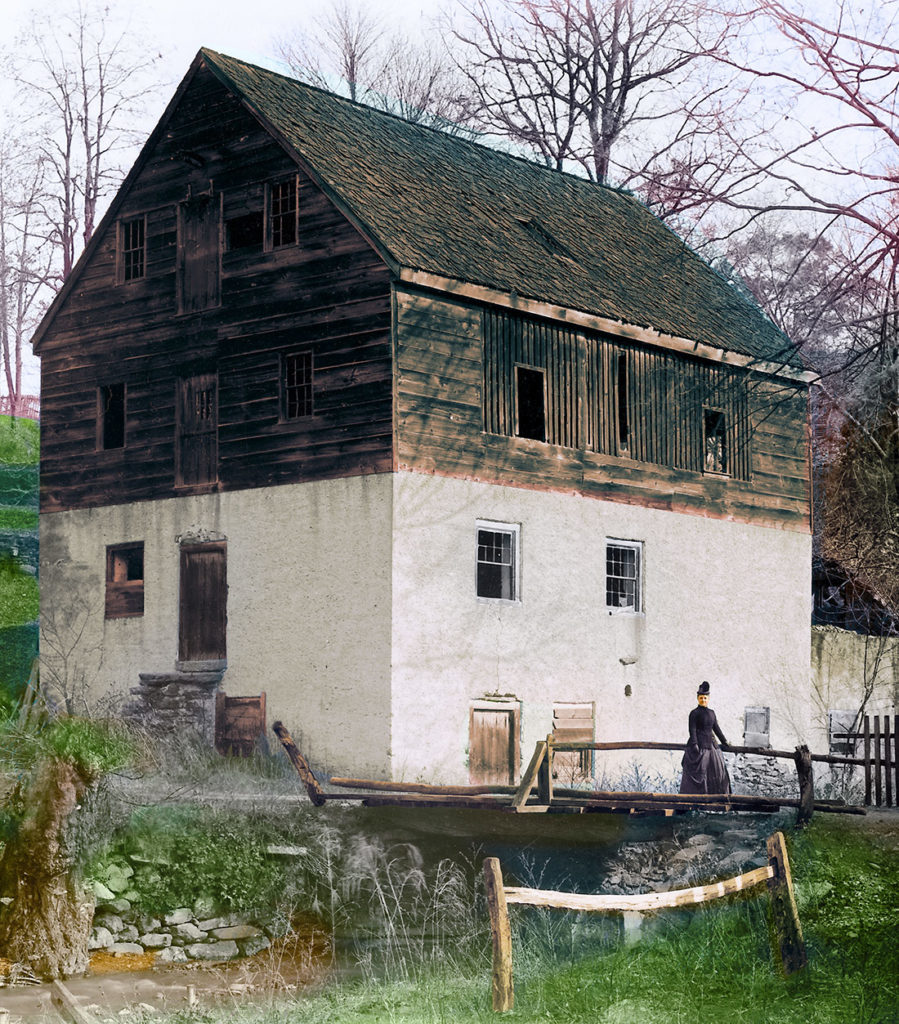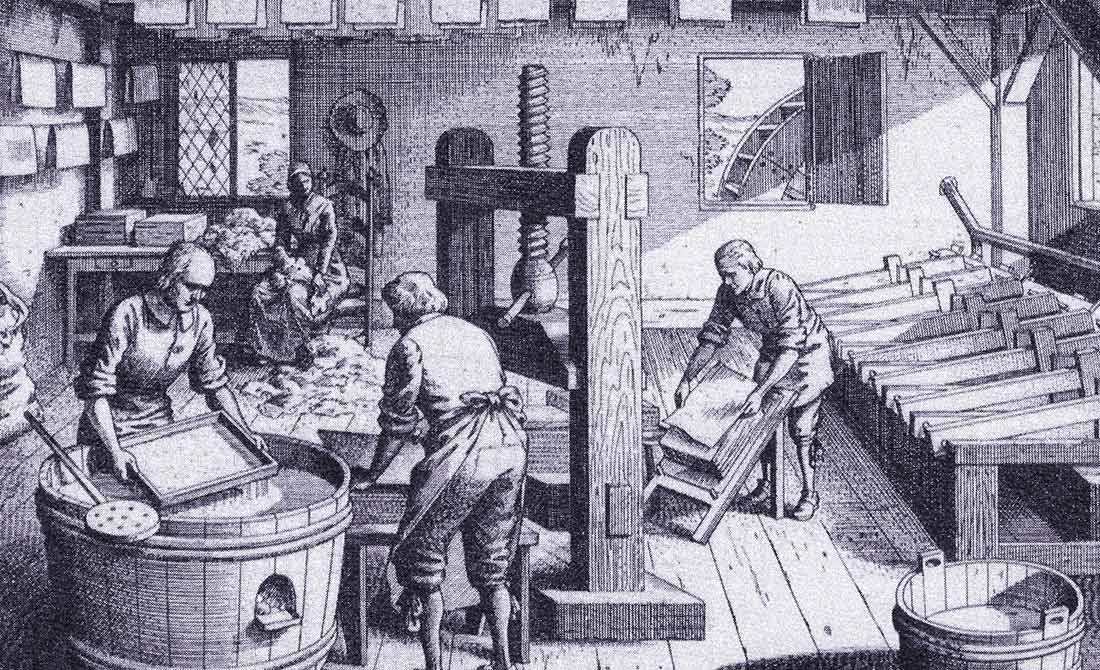The Rittenhouse Homestead, the heart of Rittenhouse Town and birthplace of David Rittenhouse



It Began with a Mill
At the heart of the thriving early industrial community known as Rittenhouse Town, the first paper mill in America was built.
It all began when, in 1687, papermaker William Rittenhouse followed other Quaker and Mennonite families emigrating to the newly formed neighborhood of Germantown (founded in 1683). William partnered with Philadelphia’s first printer, purchased a 20-acre plot of land along Paper Mill Run (a tributary of the Wissahickon Creek) and, with the help of his son Nicholas, built the first paper mill in British North America that otherwise could only be delivered from England. For the next 40 years, the Rittenhouse family were the only papermakers in America.
It Took a Village
The Rittenhouse Mill quickly became the heart of this thriving, early industrial community. For eight generations, the rush of Paper Mill Run, the hum of the water wheel, and the clatter of horse hooves echoed throughout this narrow valley cut by the rapidly moving creek. As the first Rittenhouse home, the Homestead would also become among the first permanent home for the Mennonite community.

Did You Know?
The Rittenhouse family paper was most widely used to produce the German language bibles that were in high demand among the growing Mennonite population—very fitting as William Rittenhouse was the first Mennonite bishop for the Germantown congregation.

Denis Diderot’s Encyclopedie 1751
The Beginnings of Papermaking in America
Germantown-grown flax was woven into linen and, soon as it was reduced to rags, delivered by wagons over rough dirt roads to be made into paper at the mill. The rags were soaked in water then beaten to pulp by stamping machines run by the waterpowered mill. The pulp was set in moulds and, through backbreaking labor, transformed into paper for printing and writing. Rittenhouse paper was made for the local printers in Germantown and Philadelphia and even traveled north to New York.

The original mill was destroyed by a flood around 1701. A second mill, Homestead and Bake House quickly followed. For the next 200 years, while eight generations of Rittenhouse family members continued to live and work all along Paper Mill Run and Wissahickon Creek, the focus of the community remained this intimate cluster of buildings enclosing both public and private space.
From the early 18th century, Rittenhouse Street linked the early settlement at Germantown with Rittenhouse Town and brought a constant stream of people, horses and wagons into the community past the Homestead on their way to the mill. Weavers transformed flax grown in Germantown into linen textiles and when the fabric was reduced to rags it was brought to RittenhouseTown to be made into paper. Paper produced at the Rittenhouse mill was sold to printers in nearby Germantown, Philadelphia and New York for use in Bibles and newspapers.
As the Rittenhouse family expanded, so did the village of Rittenhouse Town. In later years, the Baptist Chapel located just yards from the Homestead’s front door welcomed mill workers who lived in the tenement building directly across Rittenhouse Street.
By the mid 19th century, over 40 buildings populated this busy self-contained industrial village, including numerous residences for family members and mill workers, several mills producing paper, textiles, rugs, and blankets or grinding grain, a school, firehouse, general store and smithy.
Until the construction of the Walnut Lane Bridge in 1908, Rittenhouse Street continued to be one of only a few routes linking Germantown with Roxborough, Manayunk and the Schuylkill River.






